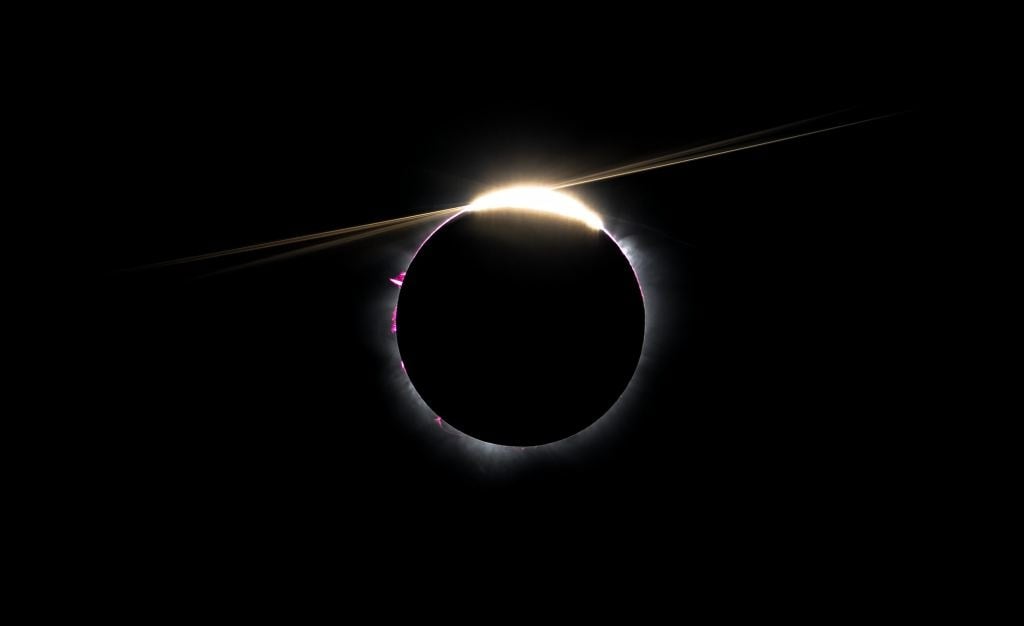In a paper published on the 1st April, author Mark Popinchalk reported upon a fascinating piece of research focussing on which animal has seen the most solar eclipses! It turns out that, whilst us humans have seen our fair share we are nowhere near the top of the list. According to Popinchalk, the horseshoe crabs have seen a staggering 138 trillion solar eclipses across the entire species. We are hot on their heels but it won't be until about 10 million years that we catch up!
On Monday we will be treated to another total solar eclipse across many parts of the globe. As the eclipse progresses - which is the result of a perfect Earth, Moon and Sun alignment - the Moon blocks sunlight from reaching parts of the Earth. When the Moon is directly between the two, from parts of the Earth, the Sun is completely blocked and we see a total solar eclipse. When only part of the Sun is blocked, we see a partial eclipse. As the eclipse progresses on Monday, hundreds of millions of people will witness the event unfold.
It goes without saying that eclipses are not human constructs, nor are they purely the domain of the human being. Eclipses have occurred for millions of years, from a time long before humans appeared on Earth. This means that animals, for billions of years, witnessed eclipses long before we were the proverbial twinkle in the eye of mother Earth.
Across the eons where eclipses have taken place there has been countless creatures walking/flying and swimming around. Even microbial activity Popinchalk suggests should be considered but it is impossible to say too much about them. In the Cambrian period there was a wide range of animals that evolved onto the surface of the Earth. The challenge however is to decide if an animal is actually aware of an eclipse, much less actually 'observe' it. There are anecdotal reports of birds going to roost during the lower light levels. Quantifying this is difficult.
Recent studies into the reaction of animals during total solar eclipses from zoos in metropolitan areas. Hartstone—Rose and team tracked the responses to 17 families of animals during the 2017 eclipse and found that 13 of them behaved differently than usual, with 8 performing night time routines. Others, such as primates, exhibited anxiety based behaviours much like our early ancestors did.
Hartstone-Rose et al observed the Galapagos turtles turning to look toward the sky during an eclipse, were they perhaps observing and contemplating the event? Studies from Lofting and Dolittle (1920) have explored animal communications but until we can unlock the mystery of animal communication we may never know. We cannot however, hide from the fact that animals may well have seen eclipses, the debate is whether they really cottoned on to what was happening.
In the conclusion, Popinchalk shows how, for an estimated standing population of horseshoe crabs of 120 million they would have witnessed 1.5 million eclipses making a total of 130 trillion total solar eclipse experiences. As for humans, if we take a standing (average) population of 1 million and 320,000 eclipses thats a mere 32 billion experiences. We are lagging behind. The paper is a fascinating read, give it a try, but do remember it was published on the 1st April, the numbers may have changed by then! It's worthy of a winky emoji at this point ;)
Source : Species Syzygy: Which Animal Has Seen the Most Total Solar Eclipses?
 Universe Today
Universe Today

